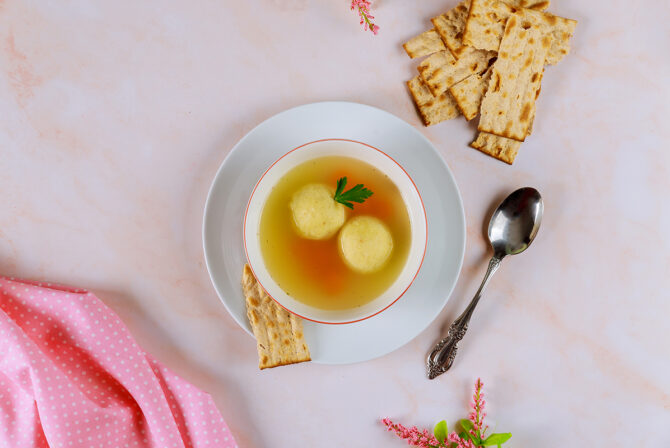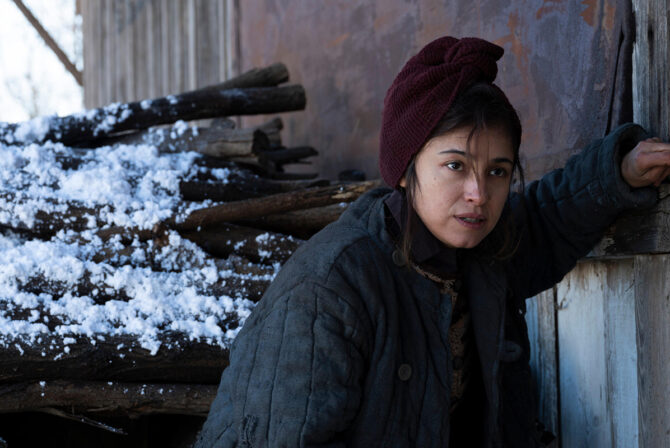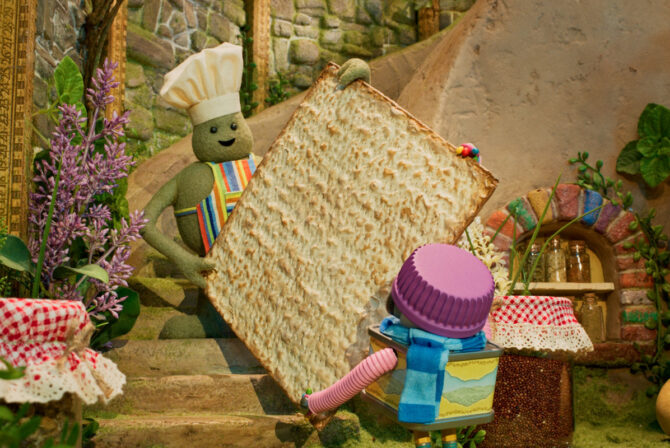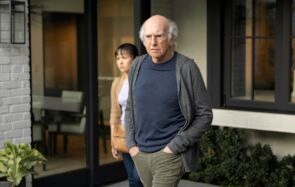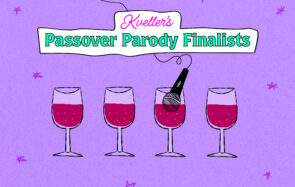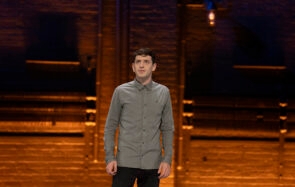The Challenge: Bullying. With the rise of social media, bullying has taken on new methods and momentum. Matthew Kaplan saw it eating away at his brother’s confidence and hurting the ones Matthew loved most.
The Solution: The Be ONE Project. ONE stands for Open to New Experiences, which is what is happening, thanks to this anti-bullying peer-led program.
The Teen Hero Who’s Making This World A Better Place: Matthew Kaplan, who started The Be ONE Project in 2011, when he was in eighth grade. Since then, his personal mission has rippled out to include and educate teens all over the country. He knows from experience that bullying is brutal and that there are better ways to communicate. Matthew is dedicated to stopping middle school bullying before it becomes a habit.
The Be ONE Project has included more than 3,600 students in Arizona, California, Virginia, and Indiana. Be ONE has also created a public service announcement on the Disney Channel and joined forces with Teen Lifeline. Matthew conducts four-hour workshops with games, activities, and guided discussions to make the program interactive and open.
He currently studies social change and positive psychology at Duke University as a Robertson Scholar. He is very thankful for the Helen Diller Family Foundation for his Diller Teen Tikkun Olam award.
Matthew was kind enough to answer these questions for us.
What’s your favorite song?
My favorite song right now definitely has to be “I Love it When You Cry” by Steve Aoki ft. Moxie, but I also am a huge Coldplay and Kygo fan.
NOMINATIONS WANTED: Do you know a teen activist who deserves a $36k prize?
Your favorite author?
My favorite author is actually Shel Silverstein. As I kid, I loved reading his poems and short stories, especially “The Giving Tree.”
How did you find out about your brother being bullied?
My younger brother and I were always very close growing up. We are only 19 months apart, so we grew up doing most things together. Of the two of us, Josh was always the self-confident and self-assured one. But after becoming victim to bullying at our middle school, I noticed a shift in his behavior that troubled me. Josh started to withdraw into himself, and he slowly became shy and reserved. It took some time and some probing, but Josh eventually opened up to me and revealed that he was struggling.
Were there other things you or he tried to do before developing Be ONE to target bullying?
After learning that Josh was being bullied, my parents got involved and tried to work with Josh’s teachers and administrators to try to mitigate the situation. But what I discovered is that the real problem—what makes bullying so pervasive and insidious—is that it is not just one kid or even a group of kids who are bullying. It is an entire culture where bullying is so widespread, so anonymous, and so routine that almost everyone is participating in it, sometimes without even really realizing it.
I wanted “somebody” to do something to help my brother. Eventually, I realized that “somebody” had to be me, so I took action.
Did you ever get bullied as a kid? Or were you ever the bully?
Although I was lucky enough not to be the target of direct bullying, I understand what it is like to be on the outside and to not fit in. It wasn’t easy being gay and Jewish at an Arizona middle school. I carried the weight of knowing that I was different, and, at times, that weight felt crushing. I am so fortunate that my experiences with marginalization are minimal, but my orientation and religion have allowed me to empathize with others.
Where do you hold your anti-bullying workshops and who attends them?
The Be ONE Project is a community-building and anti-bullying program that takes place in middle school classrooms. Anywhere between 50-100 students can participate in a Be ONE program at a time. Our programs are all interactive and peer-led.
What is the hardest part about teaching them?
Honestly, the hardest part about working with middle school students is keeping up with them. Middle schoolers have such a positive energy and natural enthusiasm about them. Most days, I leave my programs completely exhausted—I have no clue where they get all of that energy. But I sure could use some, if they have any left to share.
The most rewarding part?
When students come into a Be ONE program, I often observe that they are a bit unsure, reserved, or skeptical as to what The Be ONE Project is all about. But watching the transformation from beginning to end is so rewarding. Kids really come out of their shells, and I love watching as new friendships are forged, old friendships are mended, apologies are offered and accepted, and bridges are built.
Who did you recruit to help you and how?
I definitely did not create The Be ONE Project overnight or alone. I had a team of supporters that helped make this happen. My family has been an endless source of encouragement. Josh, in particular, has volunteered and helped me behind-the-scenes at every program. I have also had a lot of mentors and adults in my life who have helped out, too.
The Be ONE Project is free of charge to all schools and community groups. So I had to recruit help from my community to make this programming possible. Local grocery stores have made donations of snacks and water bottles for the kids. Graphic design and accounting services were donated by local professionals. Our teen volunteers created our website. Local photographers took professional photographs at one of our events, free of charge; other photographs were taken by teen volunteers. Companies have generously donated t-shirts and printing services, and local venues have donated the use of their facilities for local schools without a large enough space on campus.
READ: Meet the Jewish Teen Who’s Breaking Down all the Barrier for Kids with Special Needs
How did your brother react when you started this project?
I think that my brother was really touched that I started The Be ONE Project. It really strengthened our relationship—not only was my program able to help him with his bullies, but he also knows that I will always be there for him!
Who’s your biggest hero and why?
My biggest hero is probably my mom. She’s probably the most supportive, selfless individual that I know. She loves my whole family unconditionally, putting all of our many needs before her own, and she somehow manages to do it all with a smile that lets you know that things will be all right. Not to mention that she has an incredible knack for writing and storytelling. She’s an incredible woman. I am so lucky to call her my mom.
What’s next for the Be ONE Project?
This year, we are training 15-17 high school students at Horizon High School, a local public school in Arizona, in how to become Be ONE presenters. Over the course of a semester, students will learn the skills that they need to be able to go into middle school classrooms to put on our four-hour workshops. My goal is to have a network of program presenters across the country and to expand The Be ONE Project into a national non-profit organization.
Anything else you’d like to say about Be ONE or your Diller Teen Tikkun Olam award?
I am so grateful to the Helen Diller Family Foundation for selecting me as a recipient of the Diller Teen Tikkun Olam Award. Their belief and investment in me as a young leader and change-maker validates all of the work that I have done and empowers me to continue to work to change the world in which we live.
This post is sponsored by the Helen Diller Family Foundation. To learn more about the foundation’s $36,000 Diller Teen Tikkun Olam Awards, visit www.dillerteenawards.org


